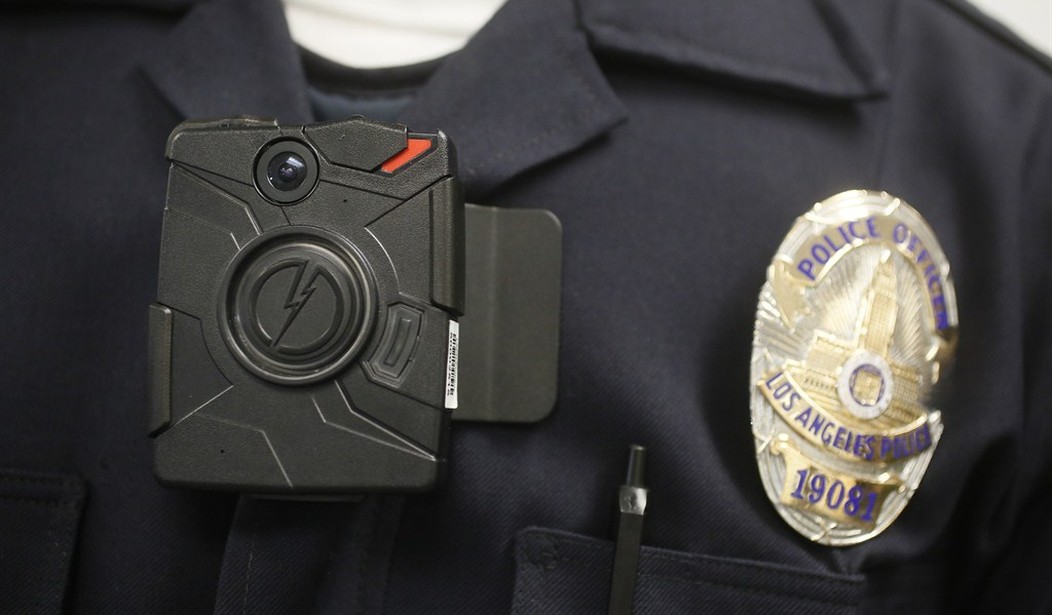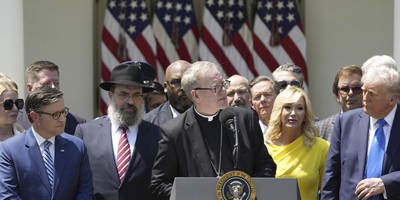When Congress passed the Violent Crime Control and Law Enforcement Act in 1994, legislators mandated that the attorney general begin studying and reporting on excessive use of force by police. Soon after, the Bureau of Justice Statistics developed a series of recurring studies that measured everything from police behavior in specific situations, like traffic stops, to incidents in which police use force. Much of the data was based not on reports by local police departments, but on direct surveys of citizens, providing some 20 years of information on how the police interact with American citizens, and how those citizens see the police.
If Congress believed that this new data might provide some context and insight for national debates about the use of force by police, such as the one we’re having now in the wake of grand jury decisions not to indict police officers for their role in deadly incidents in Ferguson and Staten Island, legislators were largely mistaken. After the Ferguson grand jury made its ruling, President Obama told the nation that “the law too often feels like it’s being applied in a discriminatory fashion.” Since the Ferguson incident involving Michael Brown and officer Darren Wilson last August, the New York Times has published stories about communities where minorities get stopped more frequently than whites, implying racial discrimination. But these stories ignore Bureau of Justice Statistics data showing that crime victims disproportionately identify minorities as perpetrators of crime, too.
Two decades of data on police interactions with the public don’t support the idea that something extraordinary is afoot, that the police are becoming “militarized” as President Obama has suggested, or that distrust between police and local communities has produced an enormous spike in conflicts. By contrast, the data show that significant crime declines have been accompanied by a leveling off and then a reduction in confrontations with the police, as reported by Americans of all races.
Recommended
After the 1994 legislation passed, Justice Department researchers began exploring ways to study the issues as Congress had mandated. In 1996, they produced a preliminary report on police/citizen interactions that broadly estimated that some 45 million Americans had some type of contact with law enforcement during the preceding year. Of those 45 million, the study found, slightly more than half a million reported that the police had used force against them. This initial study, regarded as experimental, wasn’t detailed enough to say much more and was subject to large margins of error, but it led to a series of more comprehensive and in-depth reports, produced from 1999 through 2011.
These later studies show a steady decrease in the number of people having interactions with the police—from about 45 million in 2002 to 40 million in 2011—or from about 21 percent of the 16-and-older population to about 17 percent. One clear reason for the decline has been the corresponding drop in crime: the number of people reporting crimes or other problems to the police fell by about 3.6 million from a peak in 2002. More important, perhaps, was that reports of use of force by police also fell, from 664,000 in 2002 to 574,000 in a 2010 report. Those declines occurred across all races. The number of African-Americans reporting that police used force against them fell from 173,000 to 130,000. Among whites, the number has dropped from a peak of 374,000 to 347,000.
Since 1999, Justice Department studies have also measured how police and citizens interact during more mundane encounters, like traffic stops. In the most recent survey, in 2011, 88.2 percent of those stopped by the police said they thought officers acted properly. There were few significant distinctions by race. Nearly 83 percent of African-Americans judged police behavior to be proper, for instance. The study also asked citizens whether they thought the police had stopped them for a “legitimate” reason—and here the data on race is particularly interesting. Some 80 percent of all drivers viewed their stops as legitimate, compared with 68 percent of African-Americans. But the study also asked drivers to report the race of the officers who stopped them, and African-Americans were just as likely to say that stops initiated by white officers were legitimate as those initiated by black officers. Similarly, white drivers saw no difference in how they were treated by white officers or black officers on this question.
These data are particularly instructive in the context of another series of Justice Department surveys, which ask Americans whether they have been victimized by crime. Those who say yes are then asked to identify the race of their attacker. In a 2008 survey, 58 percent of violent crime victims of identified the perpetrators as white, and 23 percent as black. That compares with a national population 74 percent white and 12 percent black. (After 2008, questions about the race of offenders disappear from the victimization data on the FBI’s website.) Police frequently point to this survey and others like it to explain that stop rates and arrest rates are higher for minorities because crime rates are higher in minority areas.
Yet activists continue to advocate a form of law enforcement that expects police stops and arrests to mirror the population at large, rather than to reflect a police response to reports of crime. In the aftermath of Ferguson, Attorney General Eric Holder said that he intended to wipe out racial profiling. But as a 1999 Justice Department study on traffic enforcement made clear, racial differences alone in stops or arrests by police “may not signal racial profiling.” The study went on to clarify that “to form evidence of racial profiling,” the data would also have to show that “Blacks and/or Hispanics were no more likely than whites to violate traffic laws,” but were still targeted more frequently than whites. That distinction, which puts stops and arrests within the context of violations committed by a group, has been lost in much of today’s media discussion on policing.
National statistics and trends, of course, don’t obviate the need to investigate individual acts of force by the police, especially when they result in the death of a citizen. Clearly, even more precise, improved statistics are needed. But none of the information we already have will make much difference if politicians, activists, and the media keep ignoring it because it doesn’t fit the prevailing narrative.

























Join the conversation as a VIP Member